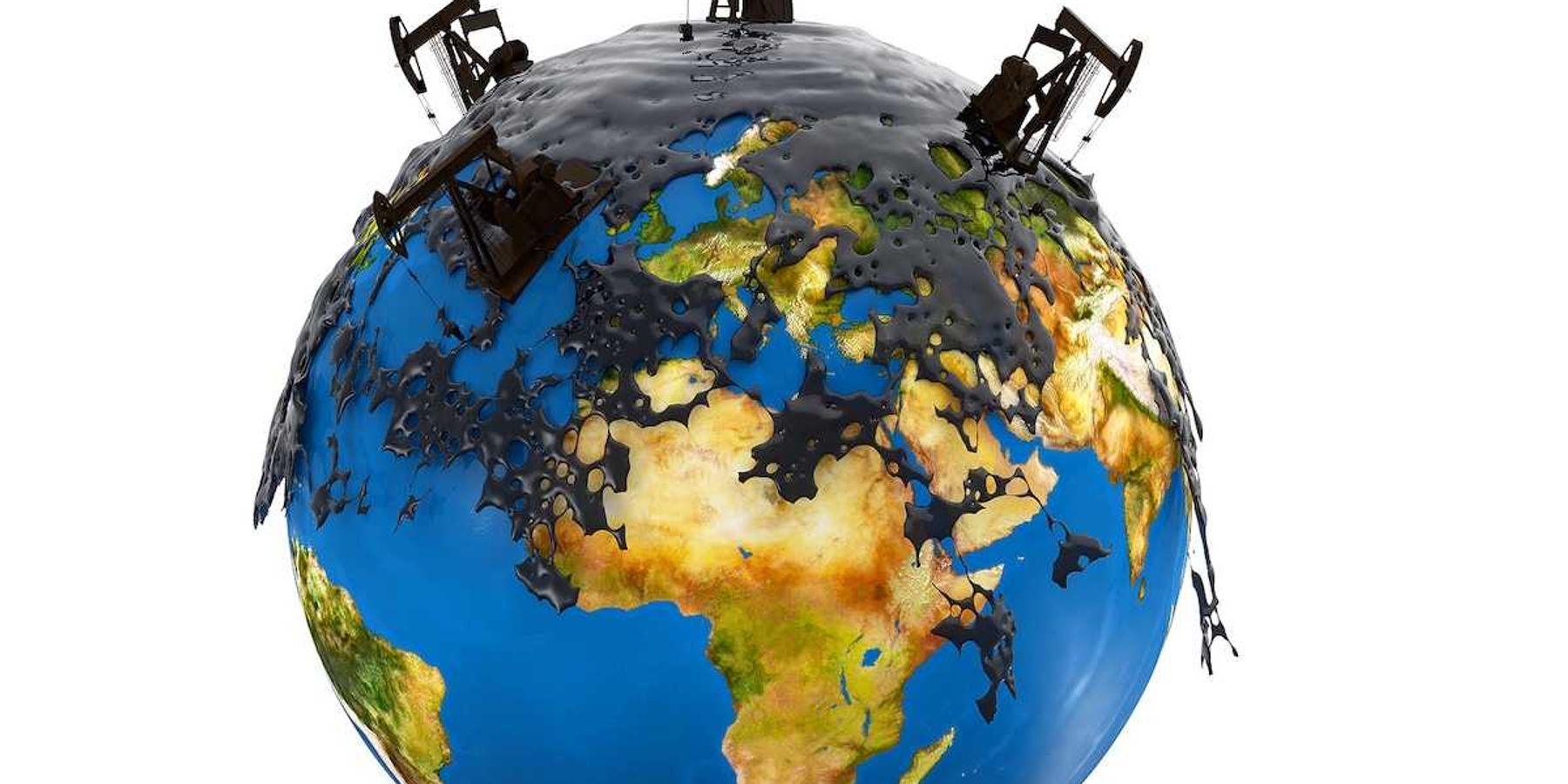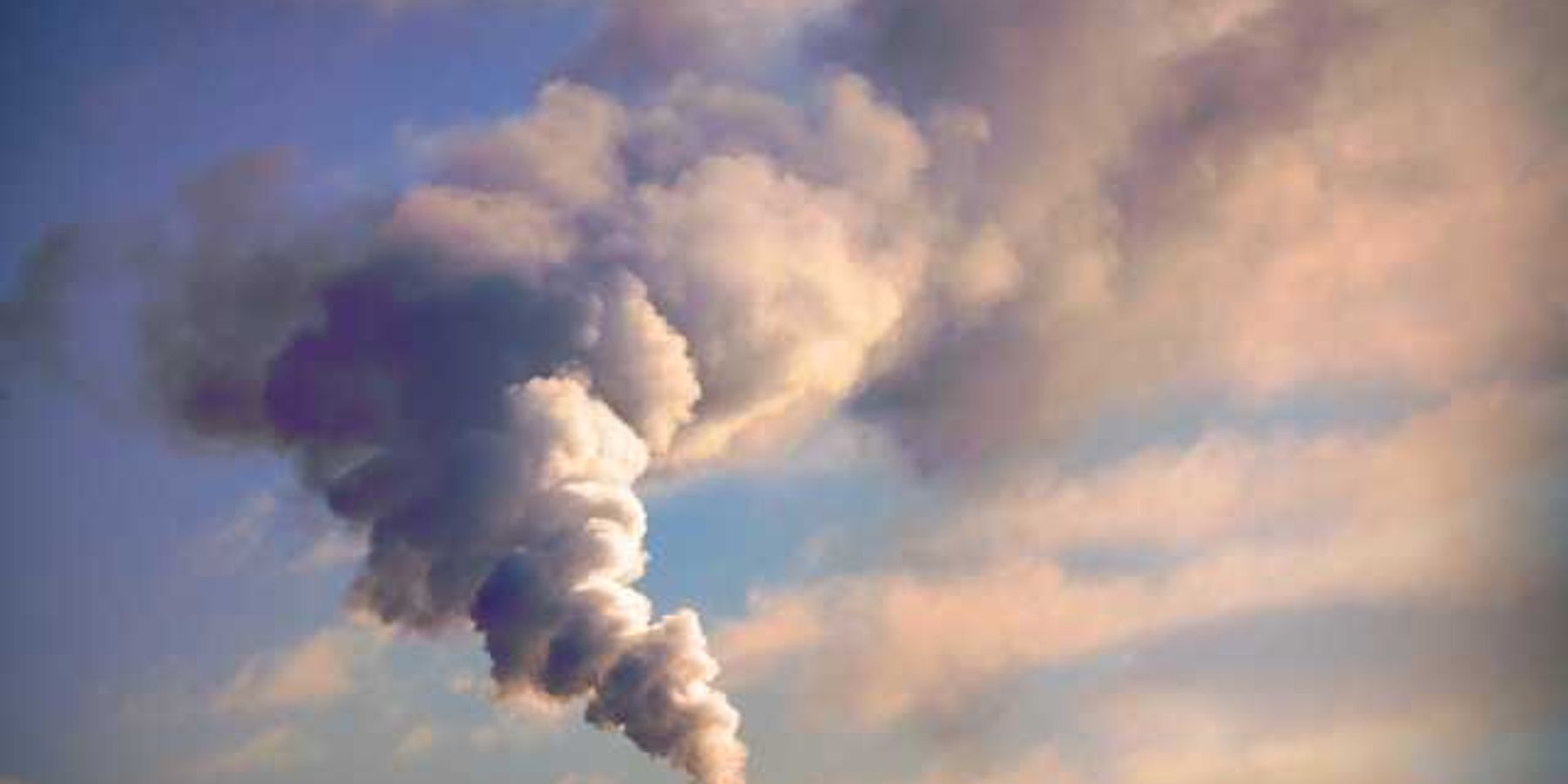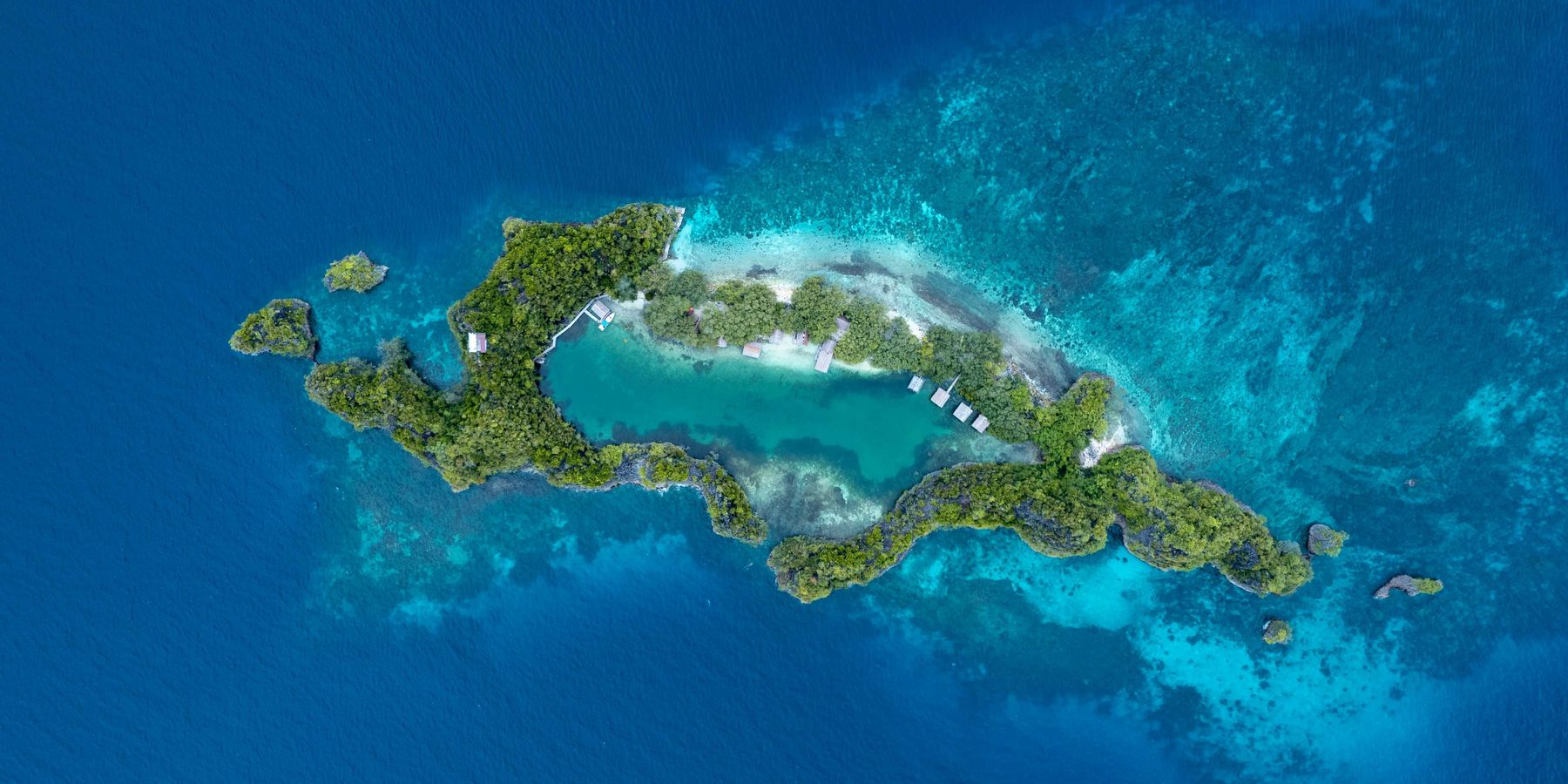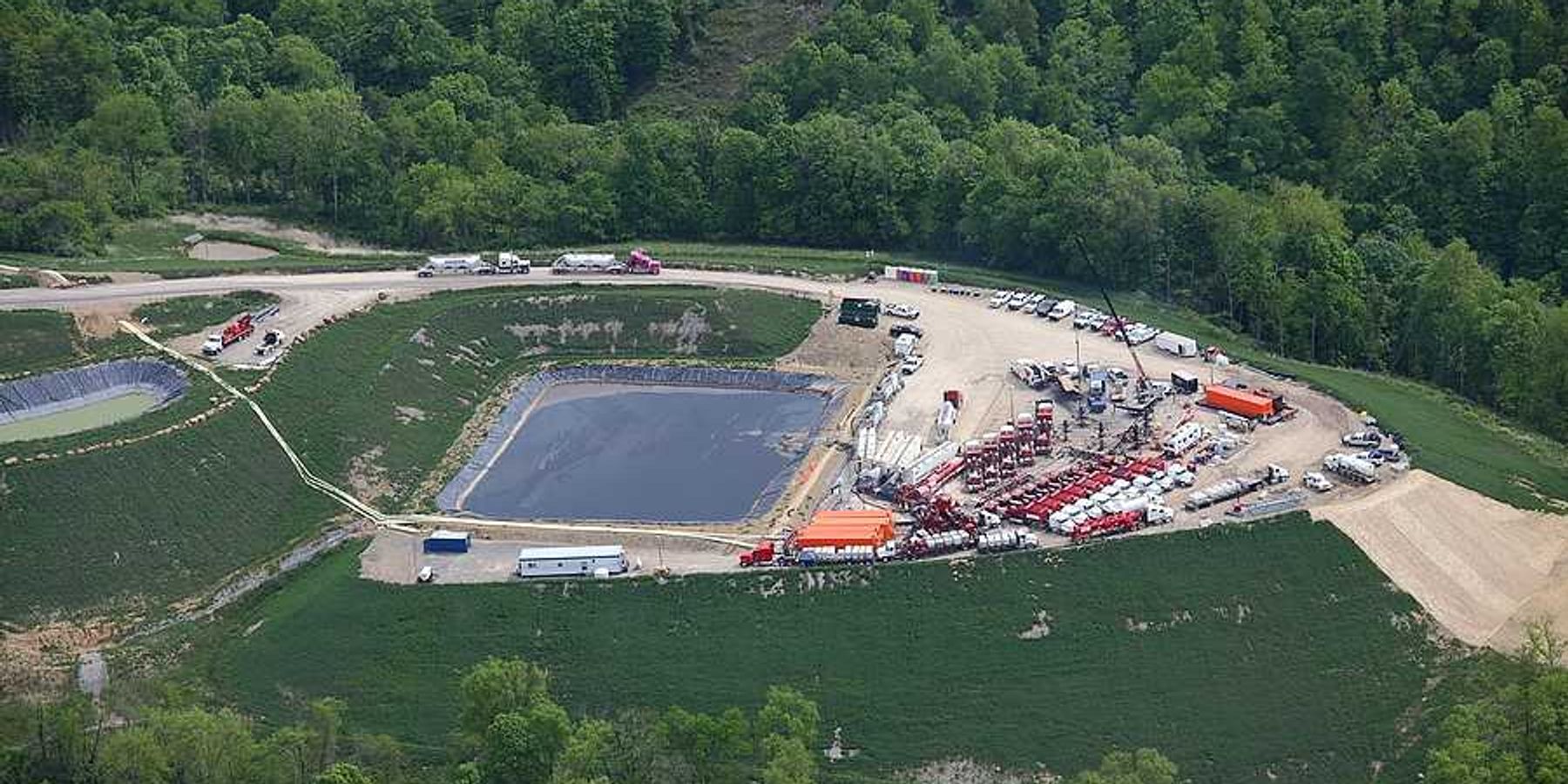Seabirds carry toxic chemicals from polluted waters into the Arctic
Seabirds migrating from southern latitudes are bringing toxic chemicals into the Arctic, carrying PFAS, or "forever chemicals," in their bodies that contaminate the region’s ecosystem.
William von Herff reports for Hakai Magazine.
In short:
- A study found that black-legged kittiwakes bring PFAS chemicals from polluted southern waters to their Arctic breeding grounds.
- These chemicals disrupt seabird hormones, impair healing and enter the Arctic food chain through droppings and eggs.
- The study suggests wildlife, while not the biggest contributor to Arctic contamination, can still have significant local impacts.
Key quote:
“They [seabirds] are the main prey of many species.”
— Don-Jean Léandri-Breton, doctoral candidate at McGill University
Why this matters:
PFAS contamination poses a health risk not only to seabirds but also to the entire Arctic food web. These toxic chemicals, linked to cancer and hormonal disruption, are entering the ecosystem, affecting species like polar bears and even impacting human communities that depend on Arctic wildlife. Read more: Winged Warnings: Built for survival, birds in trouble from pole to pole.













